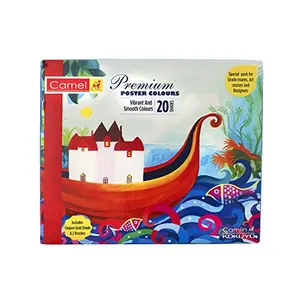Silkrute Customer
HomeSpecializationBlue PotteryHandmade.Global Authentic Sugar Pot Container with Floral Pattern Blue Colour 3.5 Inches
Shipping Price - Flat 700¥ Charges or Get Free Shipping on order above 6700¥ with minimum 3 Qty.
Size name:3 IN|Color name:BlueContrary to being famous as the Pink city it is the art of Blue pottery that makes Jaipur known in the world of art and crafts. Believed to be of a Turkish-Persian origin this traditional handicraft gets its name from the predominantly used cobalt blue color. Another unique aspect of this art is the use of blue glaze which is said to have been developed by Mongol artisans but eventually found its way to India through Turkish conquests. As simple as it may seem the process of making blue pottery is not that easy. It is tedious and time- consuming and a single lot can take as many as 10-12 days. Also it must be treated with the utmost care as it is very fragile. Rather than being made from clay a mixture of quartz stone powder powdered glass gond Multani mitti and saaji is used. This has a dough like consistency. The dough is first placed in a mold made of Plaster of Paris and then given shape by filling it with burnt wood dust. The extra dough is trimmed using a knife. The artifact is then removed from the mold and along with the burnt wood dust left to dry for a day or two. In cases of products like vases the bases are molded separately attached with a little dough and then left to dry again. After the product has dried the rough edges are smoothened with sandpaper. The product is now ready to be painted. Outline of motifs including animal bird and flower patterns are first made and then filled with natural colors made by combining oxides with edible gum. The product is then dipped in a glaze made from powdered glass borax zinc oxide potassium nitrate boric acid and left to dry. In the final stage the prepared vessels are fired in a closed kiln for four to five hours during which the product gets its sheen. The kiln is left to cool for another day or two and the final product removed. These beautiful artefacts are not just show pieces they are a window to the colourful evolution of the city of Jaipur.
Brand:
Blue Pottery
Similar products
My account
Main Categories
Contact Us
Have questions about order & Have some new requirements?
© 2015 - 2025 Silkrute. All Rights Reserved. | Privacy Policy | Terms & Conditions













